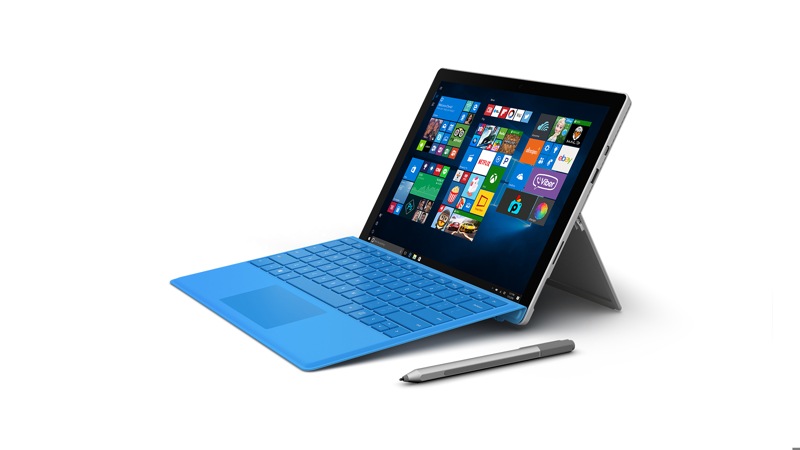iPad and Tablet apps are going strong in Retail POS, Retail Shop Assistants, Field Service Applications, Healthcare and design niches.
There are many great examples doing well, just to name a few:
| Retail | https://tulip.com/ https://myagi.com/ |
| Field/Workforce | https://happy.co/ (Inspections) https://www.handshake.com/ (Sales Orders) https://safetyculture.com/ (Safety/Quality Audits) https://www.deputy.com/ (Rostering and Tasks) |
| Health | vitalpac (now systemc) (Clinical Patient Care) |
| POS | many, many including http://kounta.com/ http://vend.com/ |
One compelling reason for success is once you put an app on a customer device you get lockin. Its psychologically more compelling than a mere web SaaS App.

SOE vs BYOD
Tablet Apps are being deployed because of the benefits of:
- the aforementioned “lockin”
- Better UI and input models
- UI speed
- Offline capabilities
- Shared viewing experience with the customer
Problem is….this has practical BYOD vs SOE challenges:
- This requires a hardware investment and a commitment to administration of company property (SOE).
- Employees would prefer to just carry one device…their own device (BYOD).
- Practically, for many other use-cases, if it won’t fit in your pocket, then it won’t be used.
The result is: most of these Apps have to support both Portrait Phones and Landscape tablets.
Fat Apps and Feature Onboarding
Tablet Apps have a form-factor that allows them the “feature richness” of Desktop Web Apps.
More features are possible on the form-factor but don’t really work on the phone – things get cramped. Luckily responsive design methods, tools are widespread for developers – particularly for Native Apps but also for React Native.
When an App is in Tablet Landscape mode, you can show more features and let the user know they are available. This is a good reason to to do “Progressive Onboarding” to introduce feature when a user is ready.
Enterprise Apps
One of the largest under-reported growth areas in Apps is the enterprise “intranet”. This ancient term was popular in the ’90s and early 2000s because companies were rolling out more solutions around their own business processes that were accessed via browser rather than proprietary Windows Apps or Terminal sessions.
History now repeats and splits into two types:
- Internal Apps (written by or for the company)
- SaaS Apps (written by a vendor that solves a broad business application – e.g Salesforce, Jira, Workday etc)
Both classes also split again into three types:
- Web Only
- Web and Mobile (like the examples at the top)
- Mobile Only
A whole class of development agencies have emerged that primarily monetize the “Mobile Only” model – as consumer Mobile Apps proved notoriously difficult to make money on and retain users, developers earned their place providing business solutions for enterprise Apps.
Existing web development shops have mostly tried to deliver mobile-web and hybrid apps, that is getting a lot better as React Native gives a better Javascript coded experience than Cordovea/Phonegap.
My expectation is that we will see a lot more Tablet enabled applications with React Native under the hood, Contextual is well-progressed to support that. I’m not sure what is happening with Xamarin, its still active but a lot of developers must be thinking that React Native is going to look better on their CV and companies will see more support options from the market. Visual Studio (Microsoft’s development environment/IDE) has some support for React Native and a community supplied bundle here.
Product Managers should keep tabs on React Native support and do some small test projects to see where the gaps are. One of the gaps is broad SDK support for tools already being used in their native deployments.

Phablet vs Tablet
However, in 2017, developers and customers tell me they saw a drop as Phone screens (iPhone 8+, iPhone X, Nexus 6 ‘phablet’ etc) got larger and higher resolution.
Consumers love tablets but they already have one at home where they use it for lean-back use-cases like Video and News.
Tablet sales dropped 8.5% in the first quarter of 2017 compared to last year. Apple’s iPad dropped 13.5% in sales compared to 2016.
Because of the SOE vs BYOD tension in the workplace, many employers don’t have a compelling need to hand out iPads in the workplace because the Phablets are doing a pretty-good-job for most intranet applications and tablet form-factor retreats to the use-cases showcased in the first paragraph.
I’ve also heard Microsoft Surface increasing in popularity in the enterprise as many companies undergo the generational change from Windows desktops/laptops to the Surface hybrid experience.
So I expect that:
- iPads and tablets in the workplace will be niche applications and
- ReactNative will be a dominant emerging enterprise development platform. This becomes even more true if the Windows trend gets traction – and why wouldn’t it?
The elephant in the room is that Apple is merging iOS and OS/X and the iPad Mini didn’t get refreshed in 2017. You’d have to expect that Apple wants to counter Microsoft Surface with something unified for all enterprise Applications. Something like an iPad Pro with detachable keyboard.









